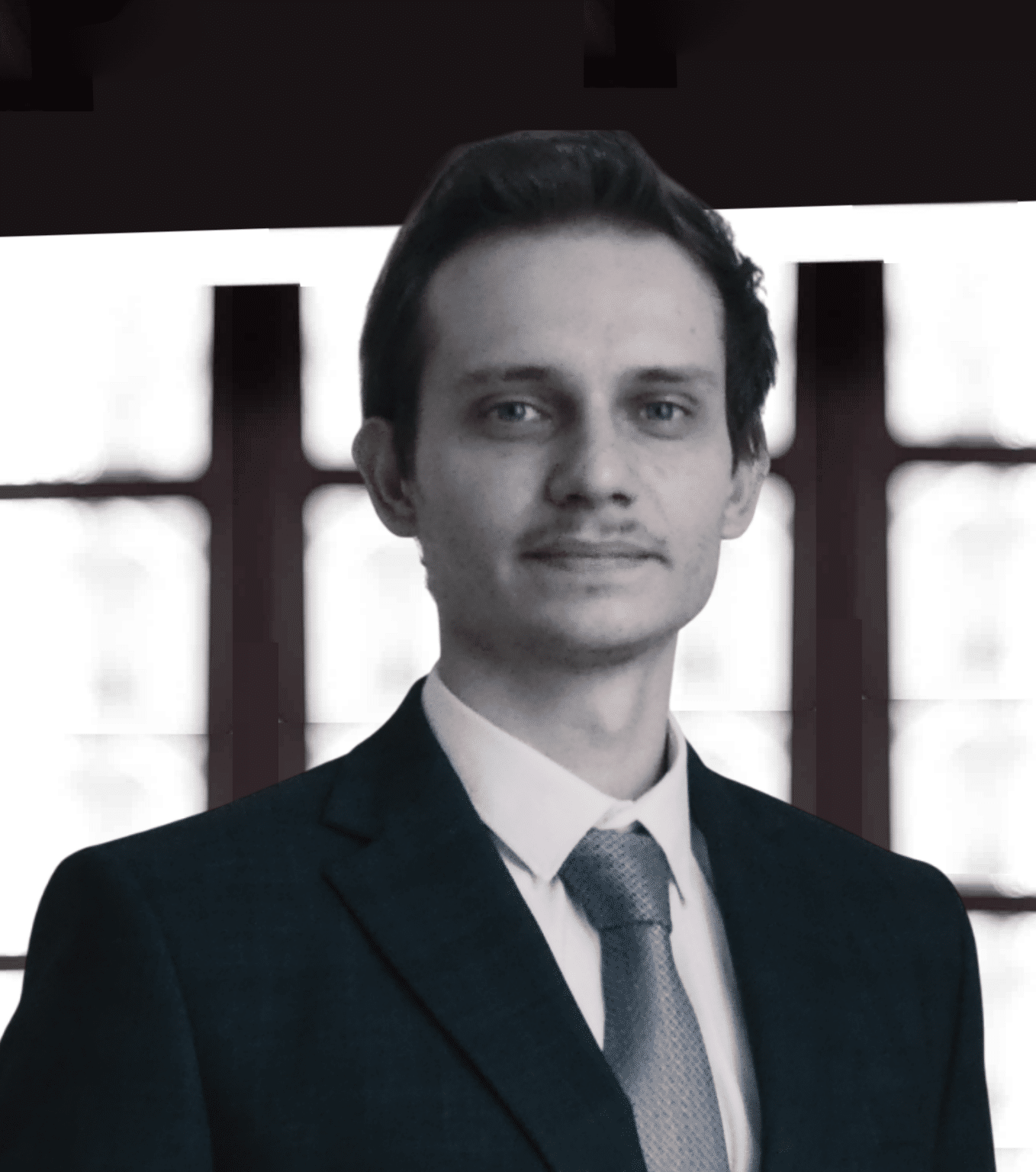Dr. Rose LANGER Head of Directorate, “Basic Income Support for Jobseekers”, Federal Ministry for Labour and Social Affairs (Germany) [vc_btn title= »Download article » style= »outline » color= »primary » align= »right » i_icon_fontawesome= »fa fa-file-pdf-o » add_icon= »true » link= »url:http%3A%2F%2Fconfrontations.org%2Fwp-content%2Fuploads%2F2017%2F10%2FInterface-108-Proceedings-of-the-conference-Refugees-p14-17.pdf||target:%20_blank| »] DEMOGRAPHIC OUTLOOK FOR GERMANY AND LABOUR MARKET According to the 2013 population forecast by the German Federal Statistical Office, the population in Germany will decrease until 2060 either significantly or moderately. Moreover, the population will grow older and older. The outlook for France, taken from INSEE, is quite different: Population is expected to rise until 2070, due to the higher birth rate. However, more recent figures from Eurostat (from February 2017) show that because of the influx of refugees the German population will stay in 2060 at the same level as in 2015. The German labour market is in good shape. Employment and offers for employment are growing. This might lead to the conclusion, the migration of refugees to Germany could
Ce contenu est réservé aux abonné(e)s. Vous souhaitez vous abonner ? Merci de cliquer sur le lien ci-après -> S'abonner












